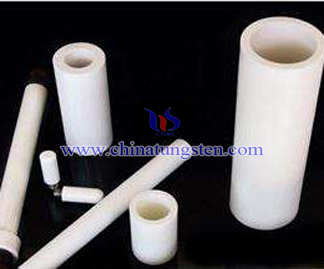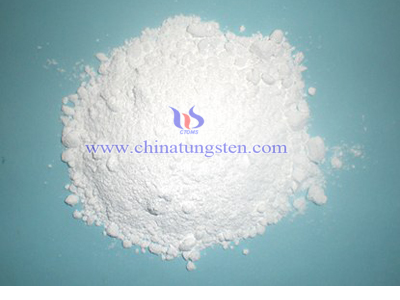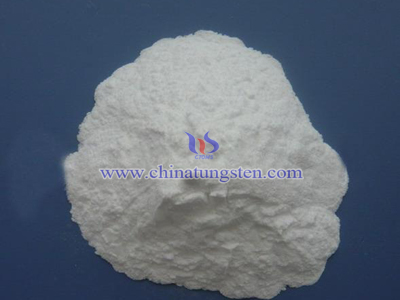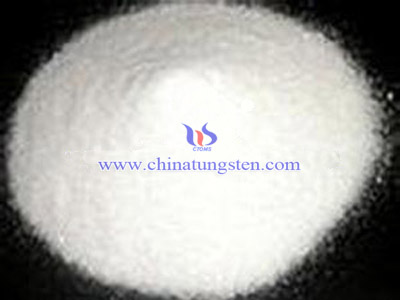Functional Ceramics And Tungsten Oxide
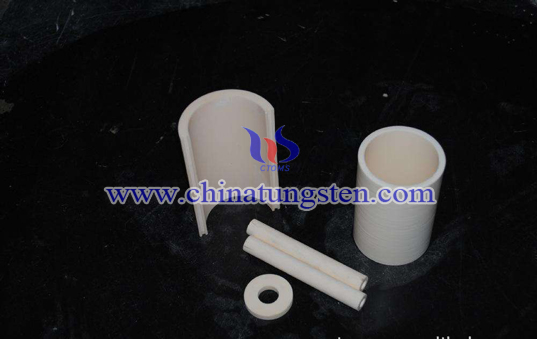
Functional ceramics have many excellent properties in electricity, magnetism, sound, light, heat, etc. that make it difficult for other material to match, and some have more than one function. And these properties usually depends on the internal electronic state or structure of the atomic nucleus. It’s also known as electronic ceramics. It has been widely used in energy development, electronic technology, sensor technology, laser technology, photonics technology, infrared technology, biotechnology, environmental science and other aspects. In addition, the semiconductor ceramic, the insulating ceramic, the dielectric ceramic, luminescent ceramics, photosensitive ceramic, absorbing ceramics, ceramic laser, a ceramic nuclear fuel, propellants ceramics, ceramic converting solar light into energy storage and ceramics, ceramics solid battery, ceramic damping biotechnology ceramics, catalysis ceramics, film and other special functions, which also play important roles in automatic control, instrumentation, electronics, communications, energy, transportation, metallurgy, chemicals, precision machinery, aerospace, defense and other departments.
In recent years, nanotechnology has developed rapidly with many active researches. When entering the nanoscale, the particles has quantum size effect, surface effect and macroscopic quantum tunneling effect, making the material exhibit unusual physical and chemical properties. WO3 is an important functional material, widely applied in aspects of electrochromic, toxic gas detection and photocatalytic degradation. In 1994, Makarov and Trontelj found WO3 doped Na2CO3 and MnO2 has an obvious nonlinear I-V characteristic, which indicates WO3-based functional materials have the potential being applied to the varistor.
The electrical properties of WO3 functional ceramics and WO3-based ceramics doped low metal elements and rare earth elements have been studied that there is a certain non-linear characteristic no matter WO3 ceramics doped or not, and the doping process can change its non-linear coefficient. But most researches on tungsten trioxide functional ceramics use micron WO3 as raw material, common electronic ceramics preparation process, focusing on changing the doping elements and proportions, observing the effects on the electrical behaviors, and there are few reports about Effect of changing the sintering process on tungsten trioxide-based functional ceramic electrical behaviors.

